In 2025, NASA plans to carry out a manned mission to the moon again, where the last human foot went 50 years ago. Therefore, the agency is waiting for a lot of tests as well as the most modern devices that will help explore our moon. This ambitious expedition will include an innovative camera specially designed for use in space. Therefore, before the start of the mission, astronauts test it on Earth.
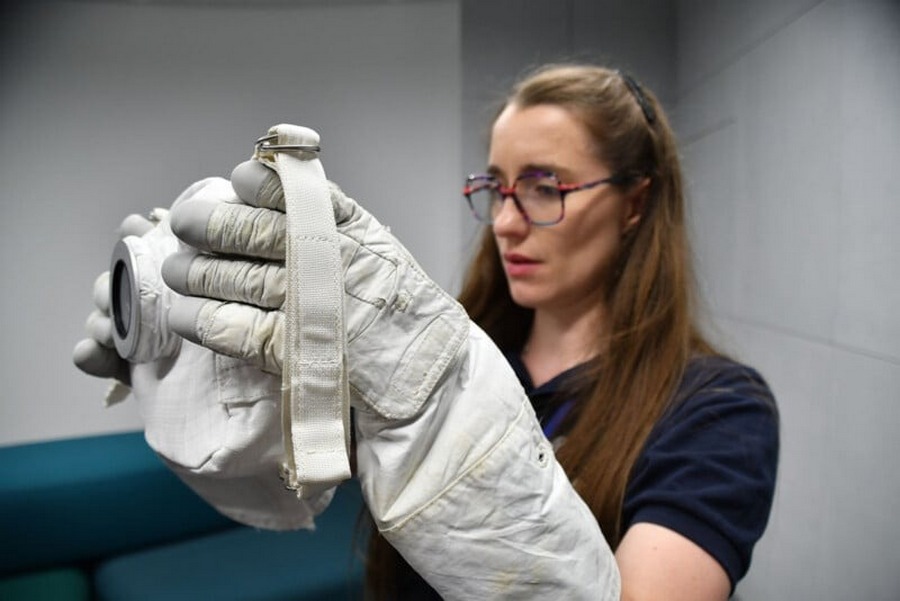
The camera was named Handheld Universal Lunar Camera (HULC). It was created jointly by the European Space Agency (ESA) and the NASA team and will be actively used during the Artemis mission. An important feature of this camera is that it will be the first mirrorless camera designed for use in space, and this discovery makes a great contribution to the preparation for future lunar missions.
Potential drawbacks
ESA astronaut and well-known photographer Thomas Pesquet, who took more than 380 thousand photos in space during two missions to the International Space Station, spoke about the difficulties of photographing on the Moon. “Conditions for photography will be tricky in many ways: from operating the camera with the gloves on to very low light levels and big contrast between bright and dark sources,” he said.
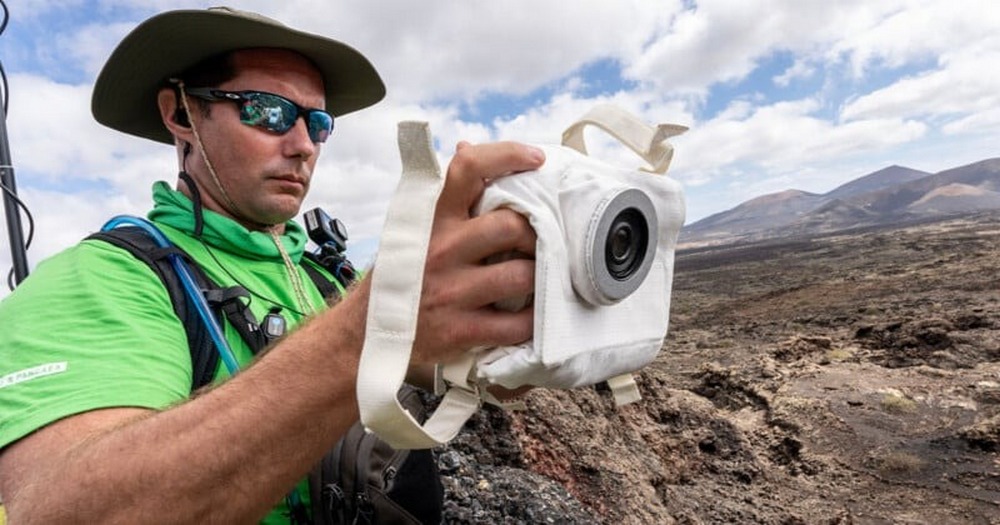
However, engineers have put a lot of effort into creating the HULC camera, modifying the configuration of the buttons, and ensuring its intuitive use for astronauts. Since this camera will be one of the instruments that will be used on the Moon, it is important to make it easy to use and not interfere with the work of the crew.
Camera design
This is still a prototype camera that is planned to be used during the Artemis III mission. The device consists of some parts of professional ready-made cameras and modern lenses that have been modified to work in the extreme conditions of the Moon. One of the main difficulties astronauts will have to face is the extreme temperature conditions on the Moon, which range from -200 °C to +120 °C. To provide reliable thermal protection for the camera, a coating has been added to it, which will also protect it from dust and other particles moving on the surface of the Moon.
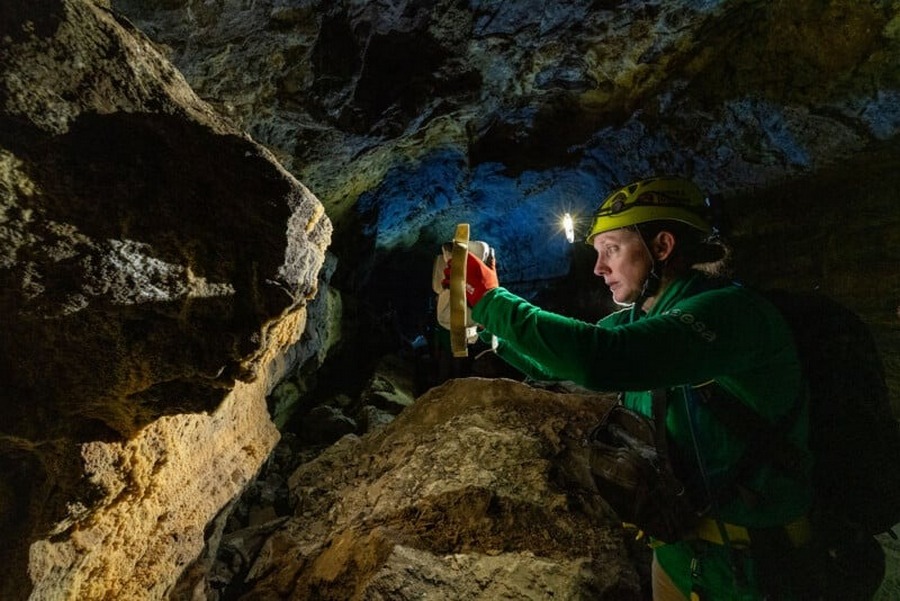
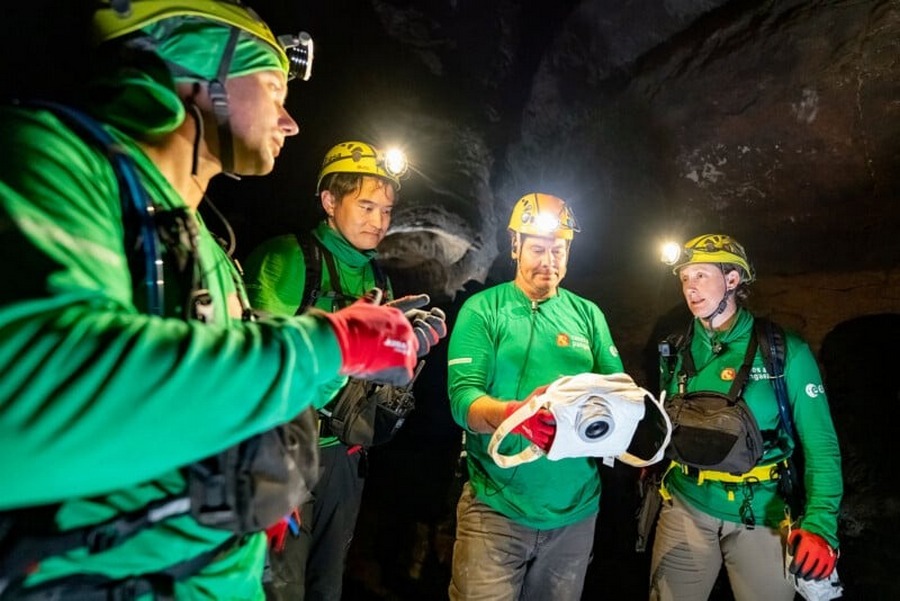
In addition, specially designed ergonomic buttons will allow astronauts to easily control the camera even in bulky space gloves, which they must wear while going to the surface of the Moon. This is important to ensure the comfort and safety of the crew during the mission.
Stress testing in extreme conditions
The camera underwent a series of tests before being used on the Moon. In the hot desert, the work was tested at high temperatures. In deep and dark caves, engineers tested how it worked in low-light conditions. This was a necessary step to make sure that the camera would be ready to work on the Moon.
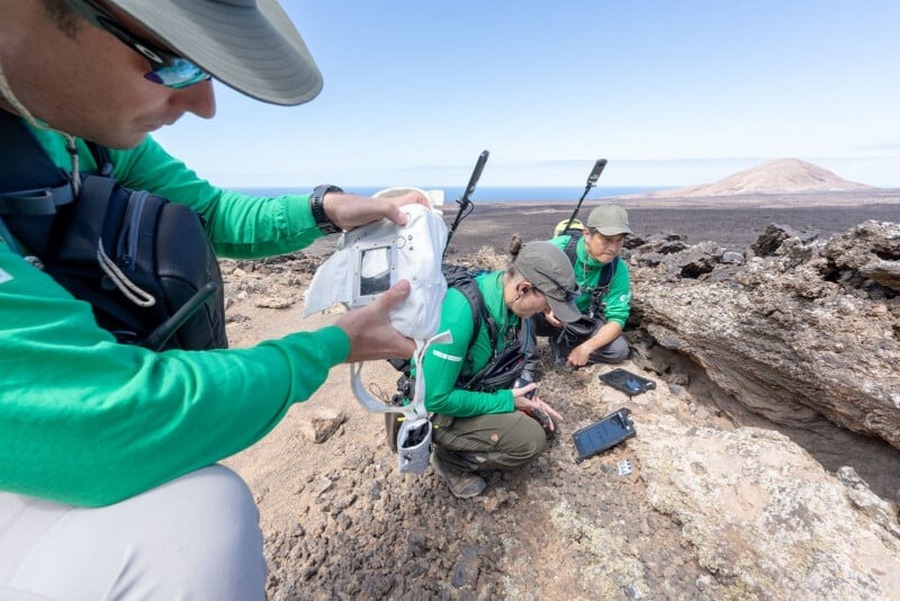
In the near future, it is planned to send a version of the camera to the International Space Station. NASA plans to conduct extensive testing to make sure that the camera will withstand the extreme conditions of space, such as heat, vacuum and radiation.
The Artemis III mission is of great importance because it is planned to be the first crewed moon landing since Apollo 17, which took place in December 1972. Astronauts will arrive at the South Pole of the Moon, where permanently shaded craters are located, and will try to find evidence of the presence of water, which is important for further research.
Earlier we reported on how the world’s largest digital camera for astronomy was created.
According to petapixel.com
Follow us on Twitter to get the most interesting space news in time
https://twitter.com/ust_magazine

